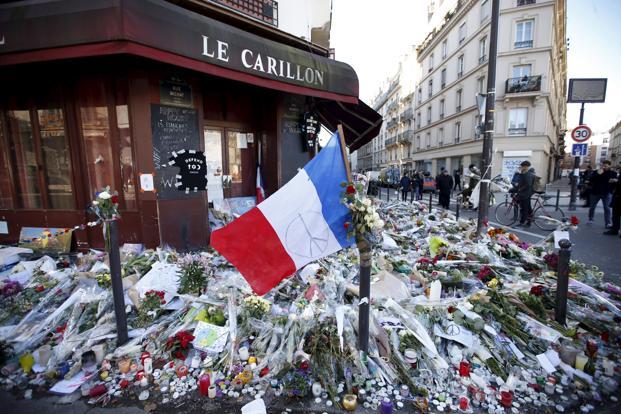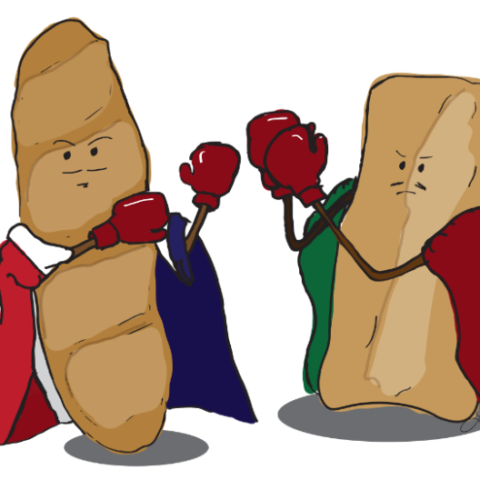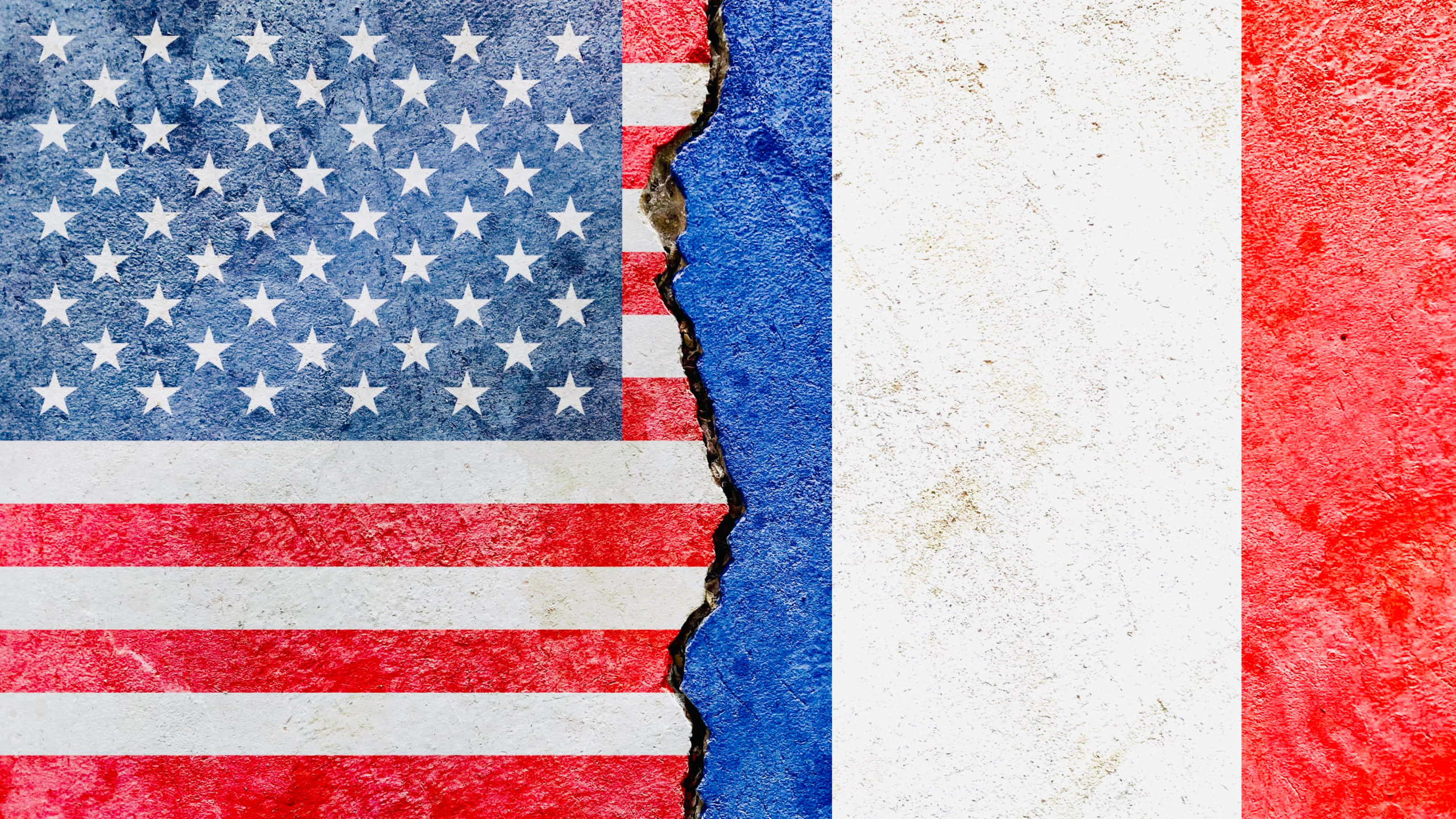More than 1,700 French citizens have left their homes in metropolitan France to fight alongside the Islamic State in its crumbling extremist caliphate, but it is not the fighting in Mosul that particularly frightens the French – it’s the chance that a bomb might be set off in their own cities. It is estimated that 20 to 30 percent of the 1,700 French-born jihadists have returned home, posing a significant threat of further radicalization and terrorism within French borders. Thirteen terrorist attacks have taken place in France in the last five years,with many executed by French or EU nationals; the January 2015 Île-de-France attacks, the November 2015 terrorist attacks, and the 2016 Nice attack have been the most disastrous of these, but the increasing frequency of terrorist attacks has driven an increase in negative public sentimentnot only toward terrorism, but also toward the Muslim faith and immigration.
Although the fear of terrorism now manifest in French society is not warrantless, it has been monopolized by far-right parties and conservative pundits. In the most recent French presidential election, Marine Le Pen, head of the Front National political party, ran her campaign on tenets of nationalism, xenophobia, and Islamophobia. Though Marine Le Pen failed to garner the presidential office, she did garner the votes, the affection, and the support of many likeminded French. The Front National will continue to play a significant role in French politics, and the ideas that propelled the party to its modern prominence are only becoming more cemented in French culture. Nationalism, xenophobia, and Islamophobia are part of the modern political culture of France, and the chance of these ideas being supplanted by more liberal views seems distant.
Much of the nationalistic, xenophobic, and Islamophobic rhetoric of French far-right parties has been directed at the banlieue, a French word meaning suburb. In this translation, however, much is lost. The word banlieue has become a near-universal pejorative term among the metropolitan French, synonymous with slums, public housing, crime, and impoverished immigrant communities. Although it is illegal to measure demographic factors of ethnicity and religion in France, it is clear to those walking through the banlieues that the estimated 13 percent of the Île-de-France’s population that is non-European is concentrated there.France’s colonial past ties it closely to the Muslim world, and since the 1950s immigrants from the former French colonies of Algeria, Lebanon, Tunisia, and Syria have formed the largest segment of immigration into the country. For years, the banlieues have “served as a kind of boogeyman, a stand-in for the social currents unsettling France.” And in French political rhetoric, the term is a reference to poverty, crime, and Islam — associations gained over time since the formation of the first immigrant communities outside of Parisian cities.
Since factories began offshoring in the mid-1970s, rates of unemployment have continually worsened in many banlieues. Economic growth has largely been concentrated inside the périphérique of French cities, and those banlieues which lack efficient public transportation commonly have unemployment rates that measure twice the national average. Youth unemployment in Sevran, a banlieue only 15 minutes by metro from Paris’s Gare du Nord, has risen beyond 40 percent. Though startlingly high, this statistic no anomaly; in Grigny, the unemployment rate is 22 percent — 40 percent for young adults — and three out of five children live below the poverty line.
It is not poverty, however, which has most stigmatized the banlieues, but rather violence. Thieves, pickpockets, and carjackers — criminals of little significance to the state — had always been blamed on the ‘malfrats’ of the banlieues, but in 2005 the stigma surrounding the banlieues was drastically exacerbated. Following the electrocution of two French teenagers, Zyed Benne and Bouna Traoré, who hid in a power station in an attempt to evade pursuing police, riots erupted throughout France. Banlieusards in 274 cities and towns took to the streets; 1,400 cars were burnt in a single night; buildings were looted, and police forces came under attack by the country’s youth. One mayor called the riots a “veritable guerrilla situation,” equating the insurrection with that of the Algerian civil war. Reactions to the riots, which eventually subsided following a declaration of martial law by the French government, were polarizing. Some commentators rightly blamed police brutality, unemployment, inequality, and poverty for the riots. “Within popular discourses,” however, “attempts were made to link the riots to illegal immigration, Muslim separatism and polygamy.” One prominent Frenchman even blamed it upon “dysfunctional sexuality and obsessive machoism among Muslim youths.”
Beyond even poverty, crime, and violence, however, the Islamic faith has come to be the most closely associated attribute of the banlieue. This perception is partially due to reality: immigrants have primarily concentrated in banlieues, and immigrants in France largely originate from the Muslim world. The faith, too, is growing in its influence; while the majority of France has been subject to a wave of secularization, the Islamic community has only been revitalized. In 1992, a third of French students born to Algerian-immigrant parents claimed to have no faith. In 2008, only 13 percent of French students born to Algerian-immigrant parents claimed no religious affiliation. This perception of the banlieueas “Islamic,” however, is not based only on an understanding of shifting demographics. For many, it is driven by racism — a fear of cultures which are different and people who are foreign. For others it is an amalgam of reality and misconception: the knowledge that crime, poverty, and violence existent within the banlieues, but also the false belief that these evils are inherent to the Islamic faith.
In 2004, a law banning religious symbols became contentious throughout the French nation. To many French citizens, headscarves, veils, and other traditional Muslim garb — outward expressions of the Muslim faith — were at odds with the traditionally secular values of French society. This societal difference drove many French to perceive the hijab, burkini, and face veils as oppressive, misogynistic, and extremist. The religious beliefs of many in the French Islamic community, therefore, excluded Muslims from mainstream French society, regardless of whether or not their beliefs were oppressive and extremist.
It is clear that there is a lack of understanding of the Islamic faith within French society. This misunderstanding, too, has only been compounded by the images of violent extremism seen by television viewers each day, and more recently in the streets, concert halls, churches, and business districts of Paris, Nice, Lyon, and other sites of violent terrorist attacks upon French civilians. The fight against terrorism is subject of periodic sensationalization, and it seems that Al-Qaeda, the Islamic State, and Islamic fundamentalism have been warrantlessly coupled to the immigrant communities of the banlieues by politicians, media commentators, and fearmongers in this fear-ridden time.
Today, the residents of the banlieues — who are primarily French nationals and second-generation immigrants — have found themselves subject to national fear and mistrust. The social stigma surrounding the banlieueshas caused “employment opportunities to leave… creating permanent sites of marginalization for immigrant communities.” The actions which result from this marginalization — namely petty crimes committed by struggling individuals — have effectively “re-affirmed the French perception that the banlieues are sites of intersection between violence, misogyny, immigration, and Islam thereby justifying its residents’ continued marginalization.” Stigmatized as foreign, violent, and extremist, French second-generation immigrants find themselves to be economically disadvantaged, politically overlooked, culturally excluded, and socially persecuted. One researcher aptly termed these individuals“ ‘internal outsiders’ — French citizens, yet simultaneously foreign.” A number of commentators have called for increased integration of these individuals into French society, but blame is often backwardly placed upon the outsider; one cannot be considered a fully integrated Frenchman, regardless of actions, citizenship, and background, if one is considered foreign due to the pigment of one’s skin.
It has been repeatedly proven that those who feel marginalized, excluded, and devoid of opportunity are most subject to radicalization. The Soufan Group, in its 2015 report on foreign fighters in Iraq and Syria, wrote that, “the majority of [ISIL’s] video production appeals to those who seek a new beginning rather than revenge for past acts. A search for belonging, purpose, adventure, and friendship, appear to remain the main reasons for people to join the Islamic State.” Alienated by their own society, many French youths seek opportunity elsewhere. And violent extremist organizations, deliberately targeting these disaffected youths, need only offer France’s ‘internal outsiders’ what French society offers its traditional French citizens: opportunities for respect, happiness, and wealth.
The banlieue’s stigma, so closely associated with poverty, crime, Islam, and terrorism, greatly contributes to the continued economic and social marginalization of the French banlieue immigrant communities, exacerbating the rates of radicalization within the country. Only as time passes will the immigrant communities of the banlieues be integrated into French society, but progressive policies would aid France in a smoother, and more rapid, transition. It is only after the ‘internal outsiders’ of France’s banlieues no longer feel excluded, marginalized, and persecuted, however, that extremists’ propaganda will fail to garner support. If the government of France seeks to prevent homegrown terrorism, it must look inward to its most vulnerable communities.


